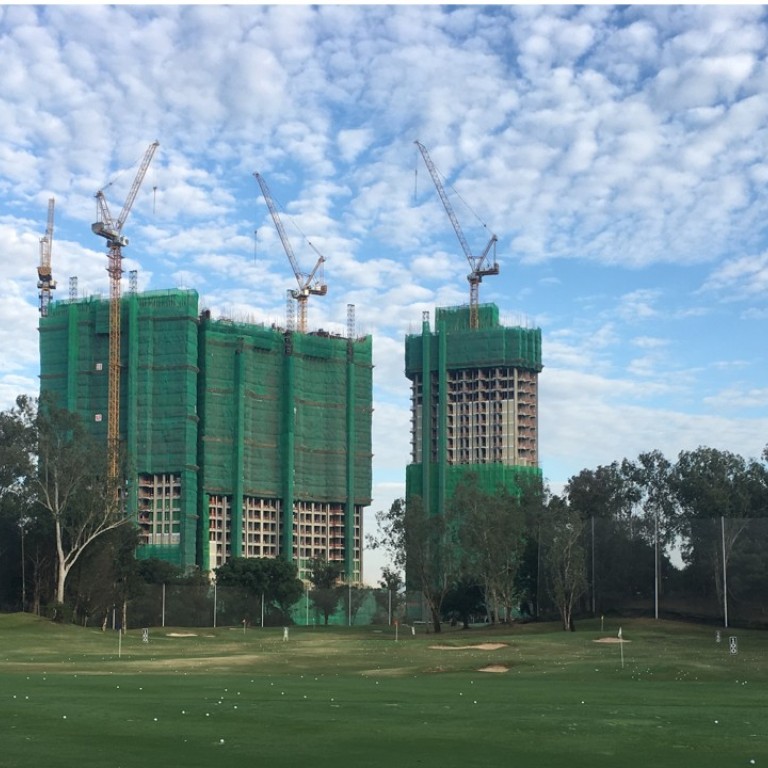
Gimme, gimme, gimme: how can the Hong Kong Golf Club keep its courses and all its privileges?
While club officials bunker down, the noise grows ever louder for housing chiefs to seize the fairways of Fanling
You can hear the bones in the many graveyards at Hong Kong Golf Club rattling – and not because of the pile driving and the thousands of eyes that could soon be peering down on them.
The ancestors buried all over the three courses at the historic Fanling club would no doubt rise from their tombs – some of which are bigger than the nano flats that could soon be housing their new neighbours.
A century ago when the Old Course was built and the club moved from Happy Valley to Fanling it took more than half a day to get there from Hong Kong Island.
Now the pace and price of Hong Kong’s rapid development has not only caught up to the rich man’s playground, it threatens to devour it.
It seems inevitable the club will lose one of its courses – and if a member of the government-appointed Task Force on Land Supply has his way, he won’t stop at just the Old Course. He wants the New Course and Eden Course as well.
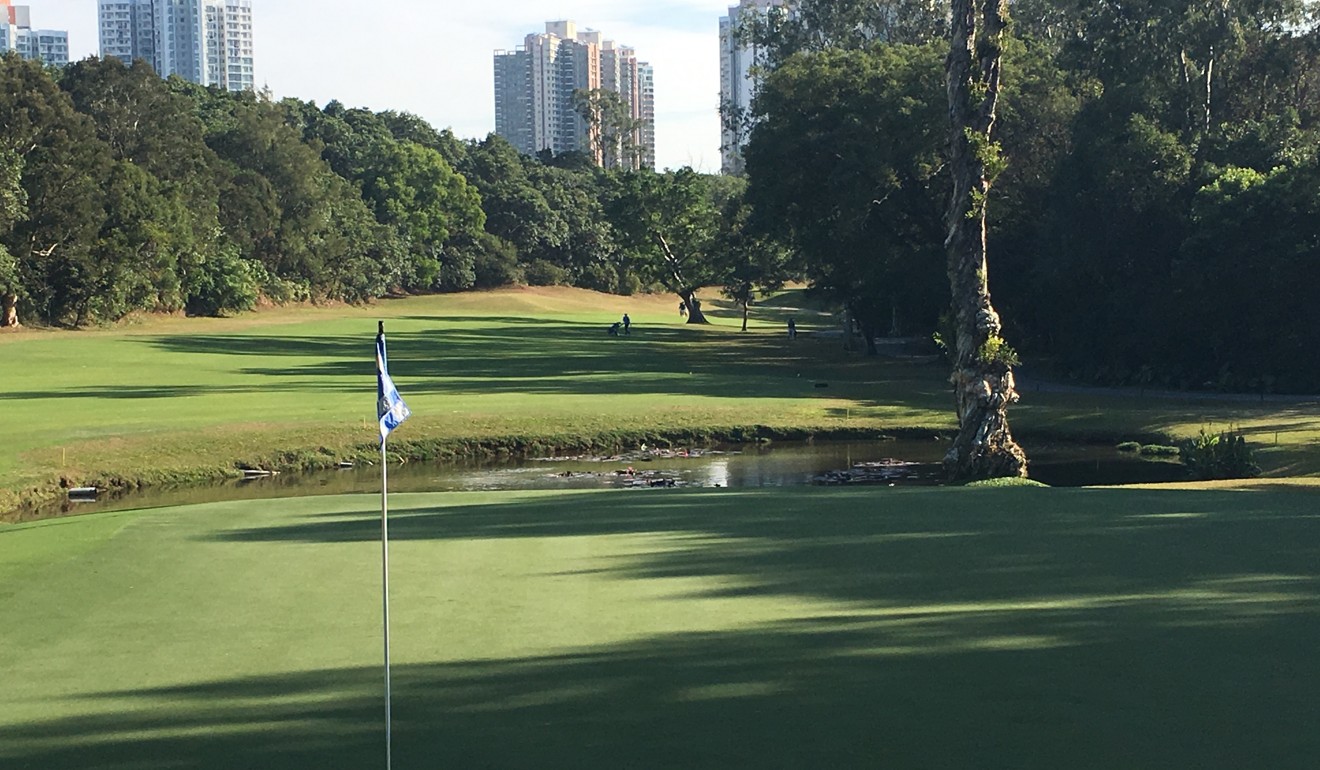
The property developers are already at the gates of Fanling – with high-rises appearing not only in a golfer’s view. The latest towering housing development, on the site of the club’s old turf nursery, has forced the 17th hole on the New Course to be repositioned, otherwise its occupants would be dining on golf balls.
The club hopes “common sense” will prevail, but the shouts of “fore” were ringing again when former beauty queen-turned-golfer-turned-instructor-turned-critic Olivia Cheng Man-nga accused the club of running the course only in its own interests, rather than nurturing talent.
Cheng must have had some axe (or a whole set of clubs) to grind because she called a talk show to air her opinion, including saying “losing one course would not have a lot of impact on the nurturing of top players”.
Strange, when you think she would be trying to save golf courses and keep playing opportunities.

Despite the powerful and privileged membership at the club, they know whatever they say they cannot win.
“We made a conscious decision [not to comment] because responding to every negative comment will only fan the flames and snowball into a war of words,” a spokesman said.
How can the club defend paying only HK$2.4 million a year (2016-17) for a lease on 170 hectares of prime land? It can’t in this crisis.
Whatever happens with the course – or courses – that low rent is also likely to be massaged, even multiplied, along with other private clubs on generous government leases.
The club is at the mercy of the government and, despite a charm offensive launched soon after then development minister Paul Chan Mo-po trained his rangefinder on Fanling five years ago, housing needs are a social powder keg.
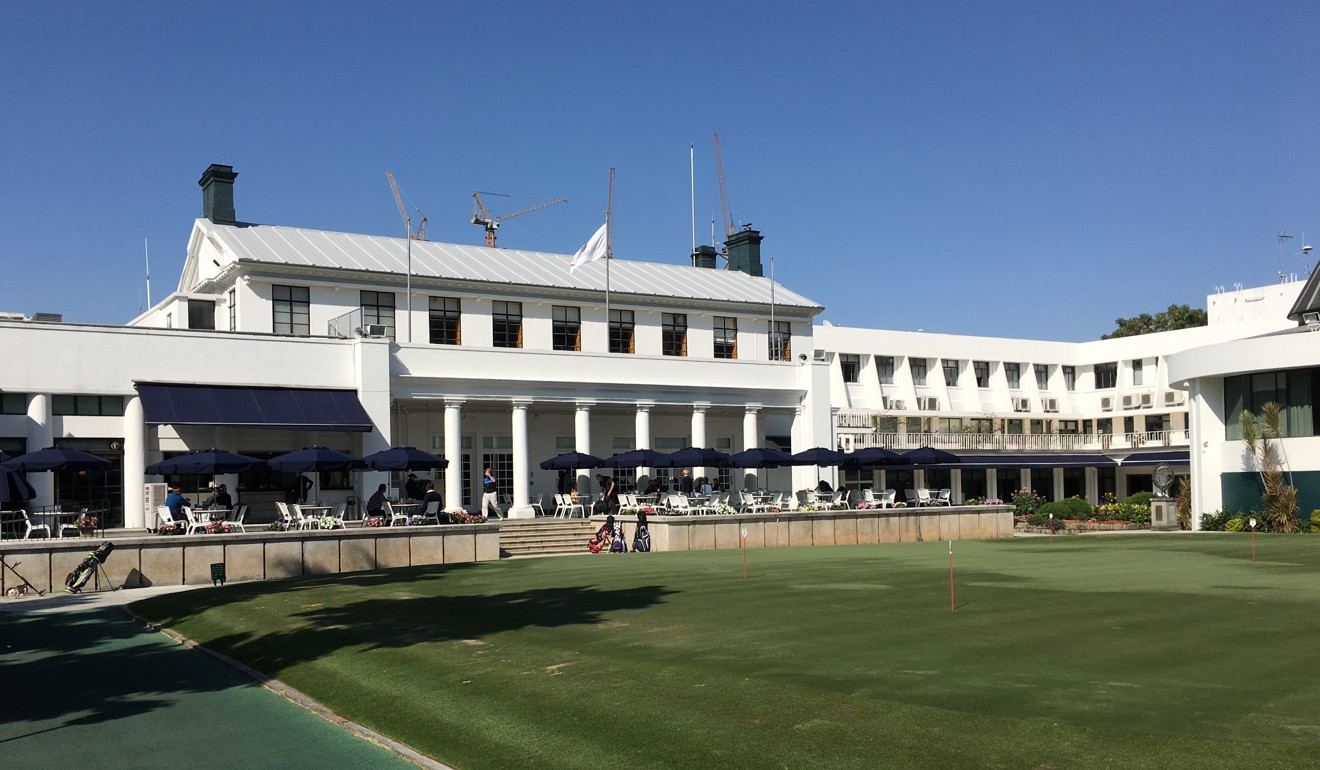
More than 5,000 flats could be built on the first eight holes of the Old Course, plus the club’s car park, according to the task force. Even some golfers playing at Fanling this week were surprisingly in favour of it, acknowledging the housing crisis.
The club spokesman maintains there have been no negotiations with the government and there is no plan – or compromise.
The club’s only bargaining tools are they are now a lot more inclusive, and that “nearly 45 per cent of the 120,000 rounds played annually at Fanling are by non-members”.
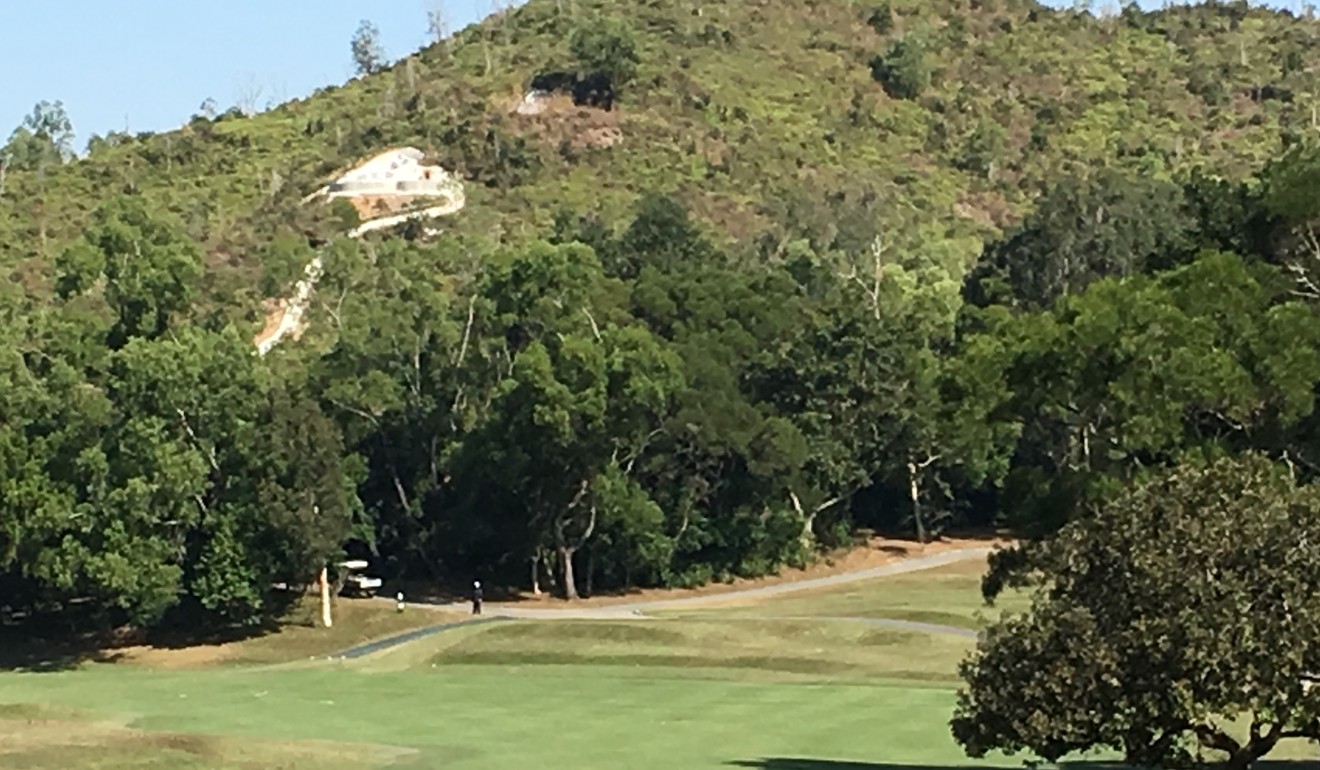
Not to mention the environmental impact of losing part of a green “lung” in the New Territories and a forest of heritage trees. If only the snakes were protected – or they found a Dodo – they might have a stronger argument.
Singapore has cancelled the leases or pared back land on a number of courses, mainland China has condemned scores of courses for various reasons, and even golf courses are being squeezed by a sprawling population in England with Justin Rose’s boyhood golf course in Rushmoor, Hampshire, becoming a victim.
Rose is a regular visitor to Fanling and won the 2015 Open (played over a composite course of New and Eden) but not even a major winner (US Open), Olympic champion and highly popular golfer can save a golf course.
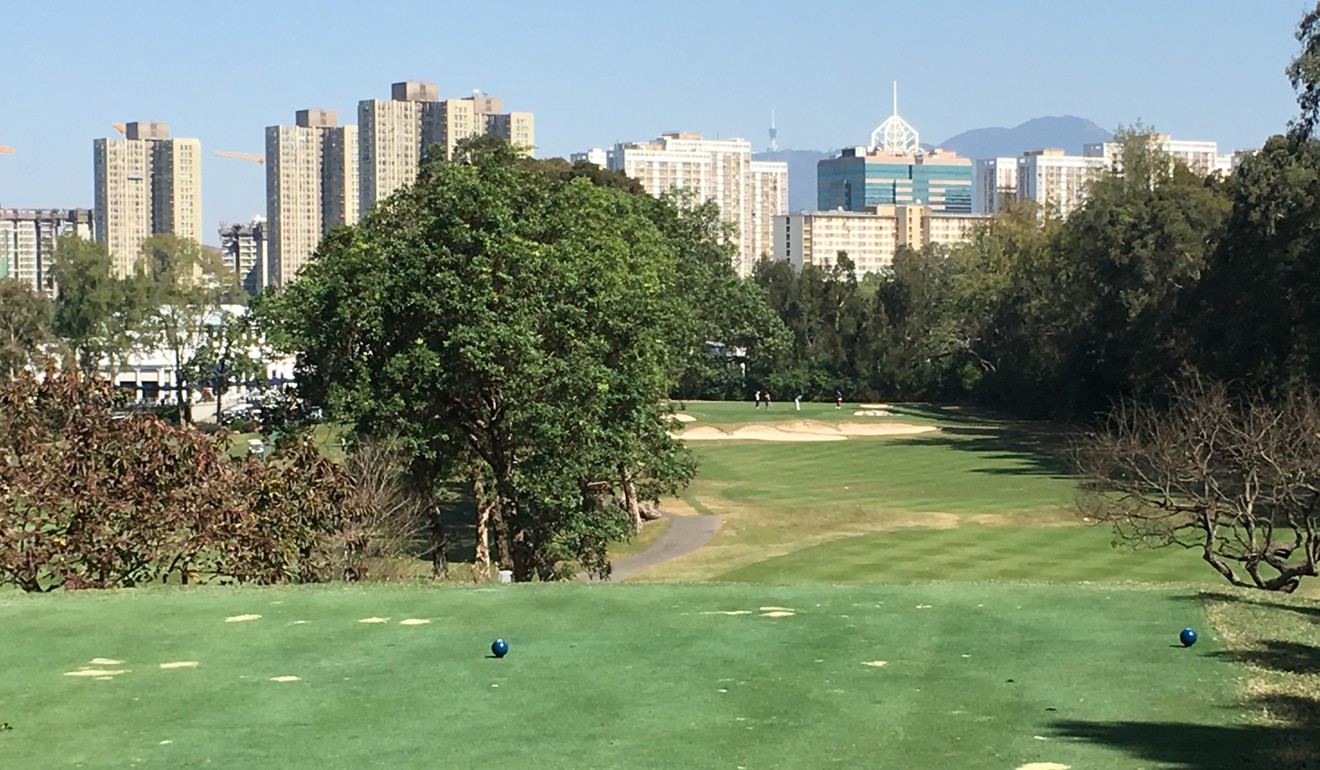
I get to play at Fanling once a month – at the “reduced” rate of HK$1,100 through a golf society. It’s not cheap. You pay for the privilege.
Those playing opportunities are likely to disappear – and for most non-members – if the government chooses to sacrifice the Old Course rather than taking on the vested interests of the Heung Yee Kuk, the minefield of village land rights in the New Territories and the property cartels holding land banks.
Will building 5,000 new flats on a golf course help solve the crisis and bring down the extortionate cost of buying or renting property?
There’s more chance of me scoring a hole in one.

